Beauty, they say, is in the eye of the beholder, which might have been writ large in Porsche HQ when it first launched the Cayenne to an incredulous world in 2002.
It was Porsche’s first SUV and naturally, being a Porsche, it was expensive, it was ritzy, it was glitzy, it had pretty powerful engines and it was less than fuel efficient. What it wasn’t was low and sporty and particularly good-looking and, as a result, it attracted much opprobrium from both the press and Porsche aficionados for its funny face and slab-sided SUV-ness.
No matter – the public liked it, the gamble paid off and this and successive generations of Porsche Cayenne have gone on to shake their money maker most handsomely for Porsche, such that no respectable middle-class driveway would now be seen without one.
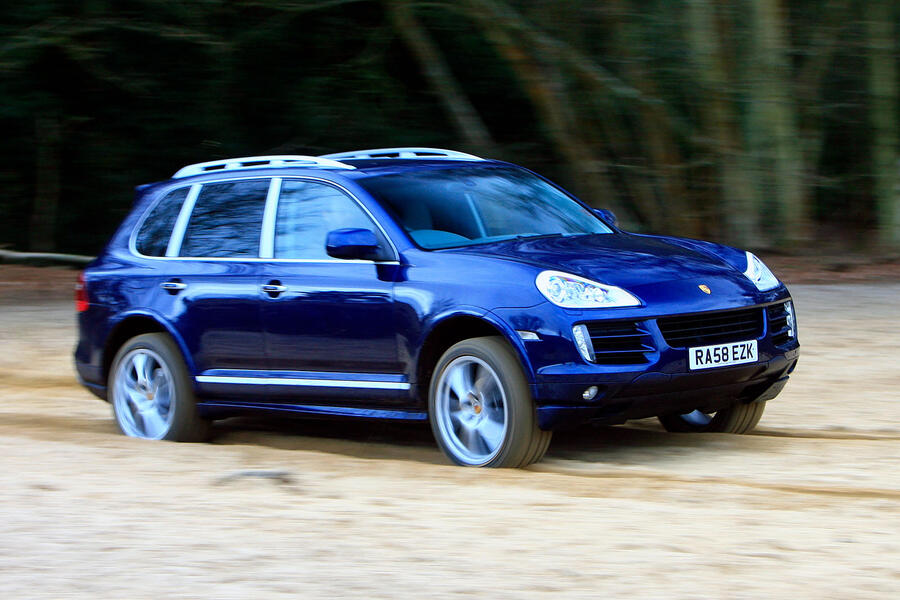
This first-generation model ran from 2003 to 2010. The launch engines were petrol 250bhp 3.2 V6s and 4.5 V8s, the V8 in normally aspirated 340bhp S and 444bhp Turbo trims. A 514bhp Turbo S arrived in 2006. The 3.2 is the least Porsche-like in terms of Tarmac shredding, with a 0-60mph time of around 9.0sec. The 4.5 S is usefully quicker (7.0sec), but for the full Porsche experience, you might be better off with the Turbo or Turbo S.
A 2007 facelift upped the 3.2 to 3.6 and the 4.5 to 4.8. To help scare the family, a stripped-out, naturally aspirated 400bhp 4.8 GTS on steel springs joined the line-up then too, while at the other end of the range, a 236bhp 3.0-litre diesel (with 0-60mph in 8.0sec but a relatively impressive 30mpg) popped up.
The V6 and S models could be ordered with six-speed manual gearboxes, but most buyers chose the Tiptronic automatic, which was standard on the Turbo. All versions got a rear-biased four-wheel drive system. The Turbo added a locking differential and automatic height-adjustable air suspension.
This air suspension was an option on the V6 and V8 S and it’s worth looking out for: the S and V6 models with steel springs have a harsh ride, a situation that improved a little after that 2007 facelift. The air suspension also adjusts the car’s height as required, lowering itself at speed and raising itself when it senses troubled terrain.
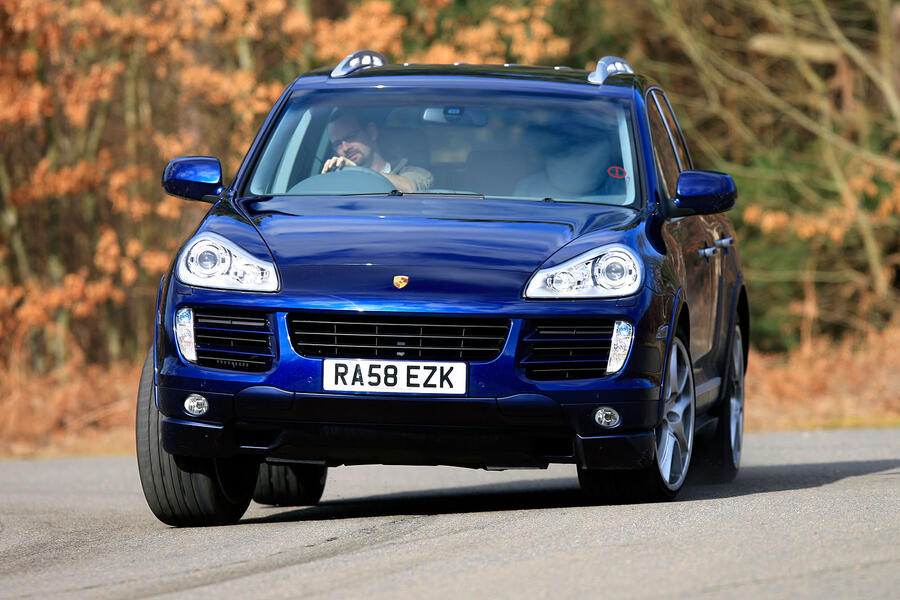
However, the Cayenne on any suspension is still a taut, responsive machine with just about enough agility to justify that noble badge. It set the bar high for successive Cayennes and, of course, the smaller Porsche Macan, which was to ignite the range in 2014. Standard Cayenne kit included partial leather, powered front seats, air-con and traction control. Turbo and Turbo S versions added climate and cruise control, metallic paint, sports seats, parking sensors and sat-nav.
Now, this is probably the cheapest way to get a Porsche in your life. Cheap to buy, I should point out – not cheap to run. If you are beholding it and you can only see the beauty, it is certainly worth seeking out the best one you can afford, however tempting those cheaper ones look.
What we said then
19 March 2003: “The application of Porsche’s engineering and development excellence to a new market sector has produced a car of staggering ability. But given the difficult nature of the dynamic hurdles it has overcome to make such a machine, it seems strange that the Cayenne’s biggest weakness should be something so simple: its styling. Accept the shape, though, and this is a vehicle blessed with an unprecedented spread of talents.”
![]()
An owner’s view
Andrew Doyle: “I’ve owned my 2007 4.5 S from new. It’s been a terrific family car and we’ve done over 130,000 miles in it, including touring all over Europe five-up. It’s been mostly reliable, although it has let us down with a couple of minor electrical issues. I’ve had it serviced regularly by Porsche and, to be honest, that’s cost a fortune over the years. However, it is great to drive and has that all-important Porsche feel to the interior. I’m not sure if I’ll ever replace it.”
Buyer beware
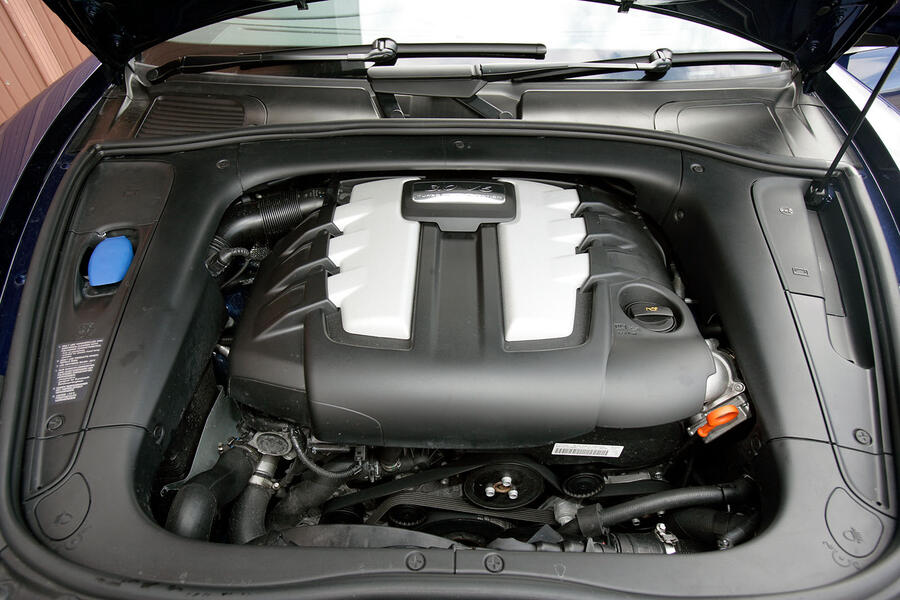
Engine: Plastic coolant pipes on 2003-2006 V8s can crack and weep. They were later changed to aluminium. V8 S 4.5s can suffer cylinder problems at around 70k miles. A tapping noise at idle could be piston slap. Walk away. Check for smoky injectors on diesels. Oil should be 0W/40 fully synthetic. Heavy oil consumption and engine knocking are warning signs of engine problems. Coolant leaks are relatively common across all engines. Check underneath the radiator for any signs of corrosion around the pipes.
Transmission: Tiptronic automatics can suffer valve failure at around 80k miles. The propshaft centre bearing can fail on all cars. Listen for rumbling at low speeds and a flapping noise at high speeds: that’s the shaft waggling. The actuator on the transfer box is known to fail at about 80k miles. Watch out for an intermittent loss of power under acceleration, which could indicate a blocked valve in the transmission.
Suspension and brakes: Check that air-suspended cars sit level. The compressor can fail from around 70k miles. Front lower wishbone arms can be problematic. Expect to change pads every 10k miles. Budget for replacing tyres and brakes at least every 15k miles.
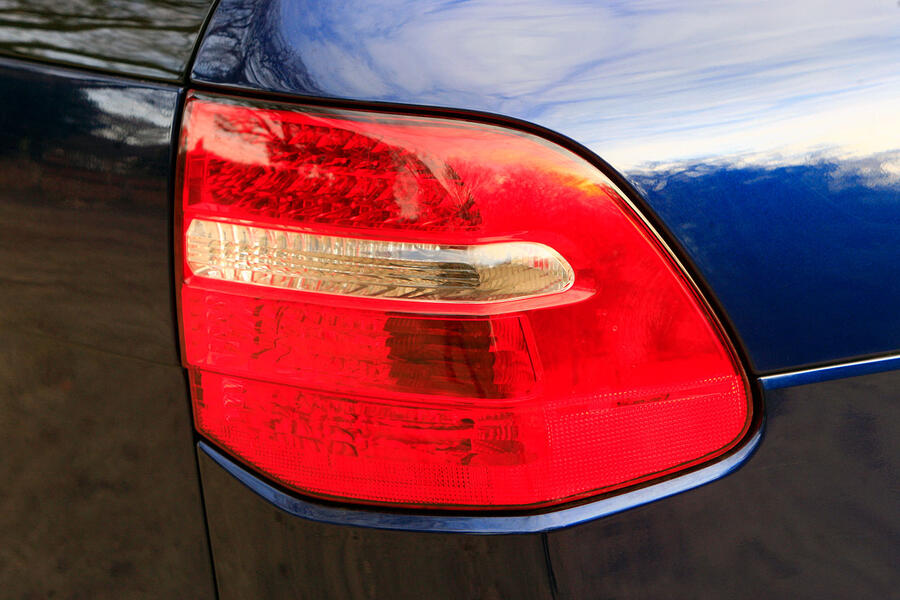
Body: The Cayenne is generally rust-free so any corrosion is likely to be a poor crash repair. Check the underside for off-roading damage. Windscreen scuttle drains can get blocked. Water collects, eventually soaking the front bulkhead and damaging the electrics.
Interior: The folding rear seat can cause the centre seat buckle to puncture the leather. Check everything works, too. Problems with safety system warning lights could spell an MOT test fail.
Also worth knowing
Most Cayennes were fitted with the Tiptronic gearbox. Six-speed manuals were available on the V6 models from 2005 onwards but are fairly scarce.
Some specialists recommend avoiding the early, pre-2007 Cayenne S models, because they can be prone to engine failure after the cylinder coatings break down. A new engine will probably cost you more than the car is worth.
Routine maintenance costs are much higher than for Mercedes-Benz and BMW rivals, and you’re unlikely to see more than 20mpg from petrol cars, even from the smallest engine.
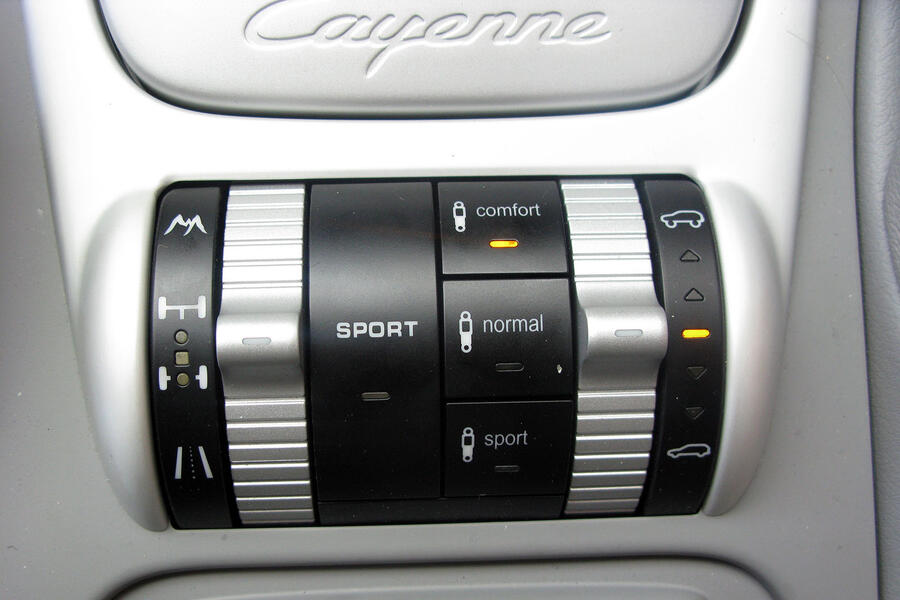
How much to spend
£2000 -£3999: Early cars with loads of miles. Exercise caution here and expect to spend at least as much again on getting it into reasonable nick.
£4000 -£5999: Leggy 4.5 Ss and 3.2s. Still be careful.
£6000 -£9999: Tidy, well-specced 2003-2005 4.5 Ss and 3 .2s with mid to high mileages. Caution still advised but worth a punt.
£10,000 -£14,999: Good cars here. Lower-mileage 2005-2006 3.2s and 4.5 Ss, some later, facelifted 3.6s and 4.8 Ss. Leggy 4.8 Ss, low- to mid-mileage 3.6s and 3.0 diesels.
£15,000 -£20,000: Best of the last Mk1 Cayenne diesels, GTSs and Turbos.
One we found
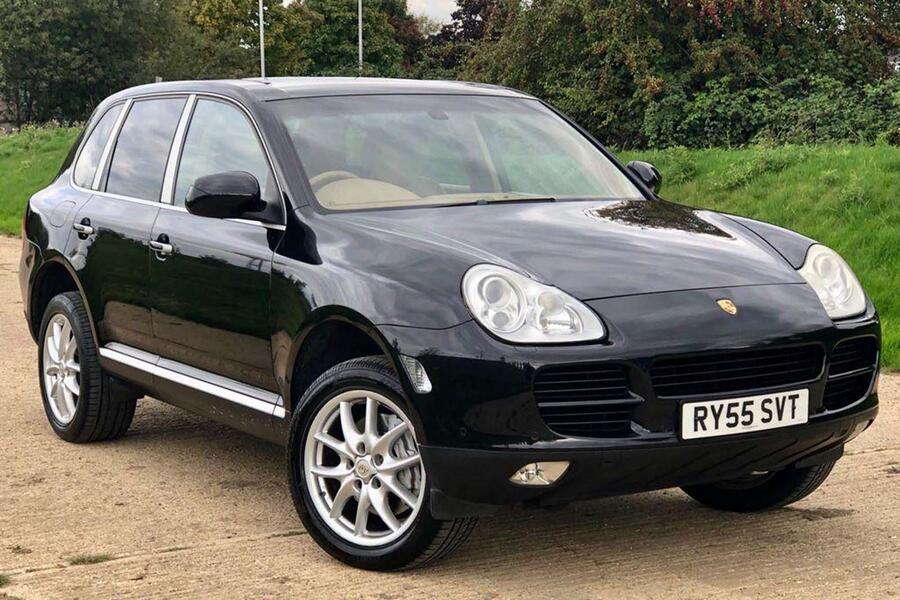
Porsche Cayenne 4.5 S Tiptronic, 2006, 86,000 miles, £6250: Attractive black example of the 4.5 S in what looks to be excellent condition and with a mileage of 86,000. It was registered in 2006 and comes with a service history and two keys. The car is HPI clear and is ULEZ compliant.

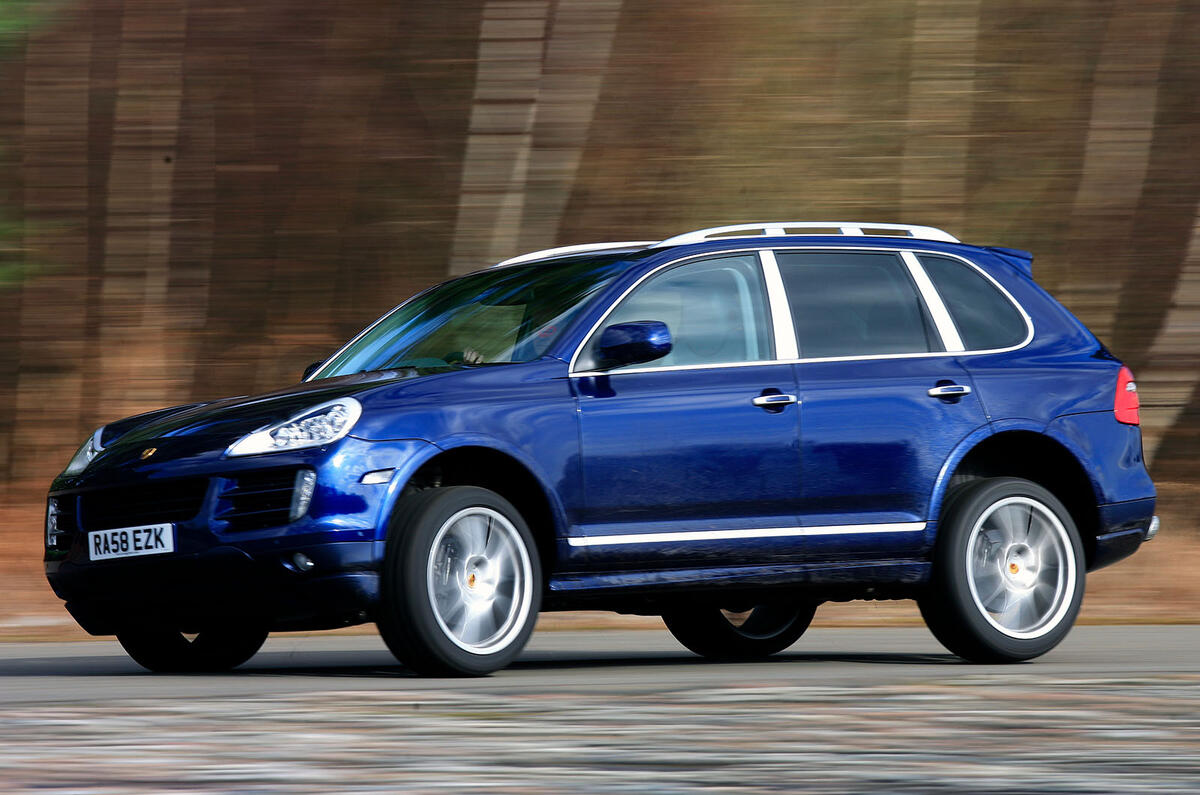
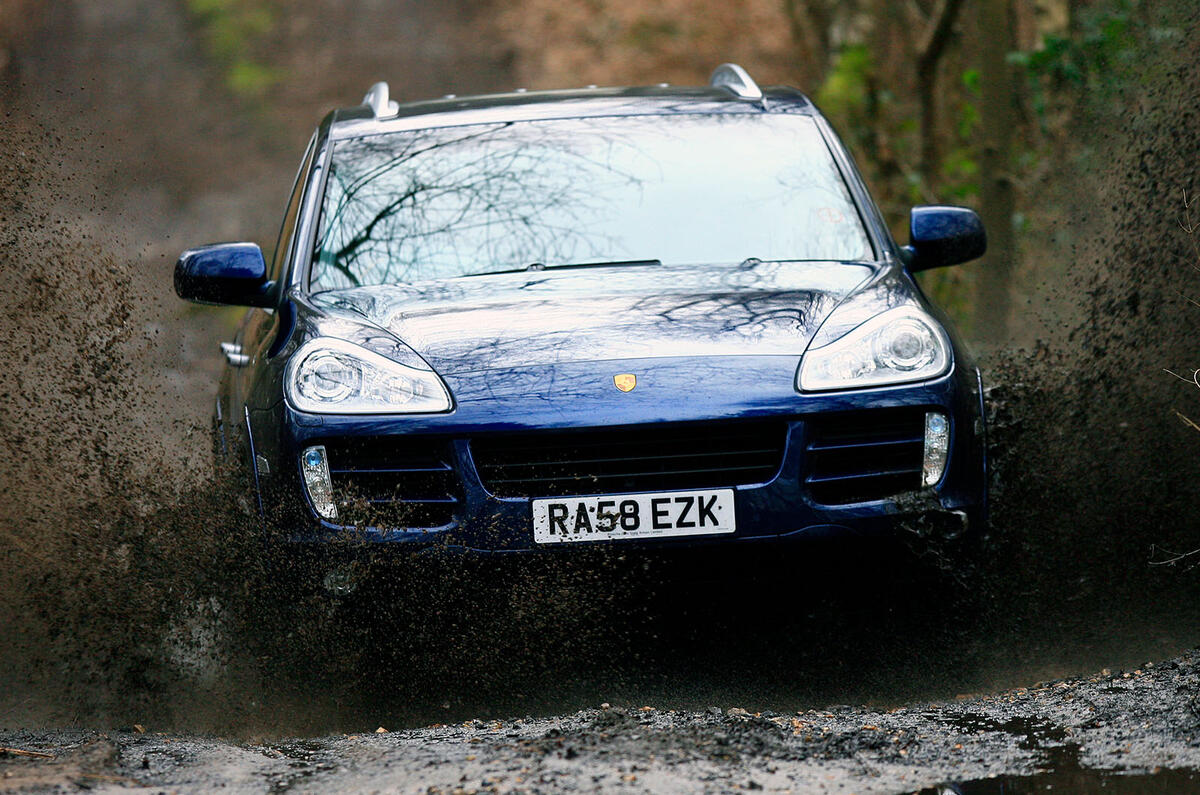
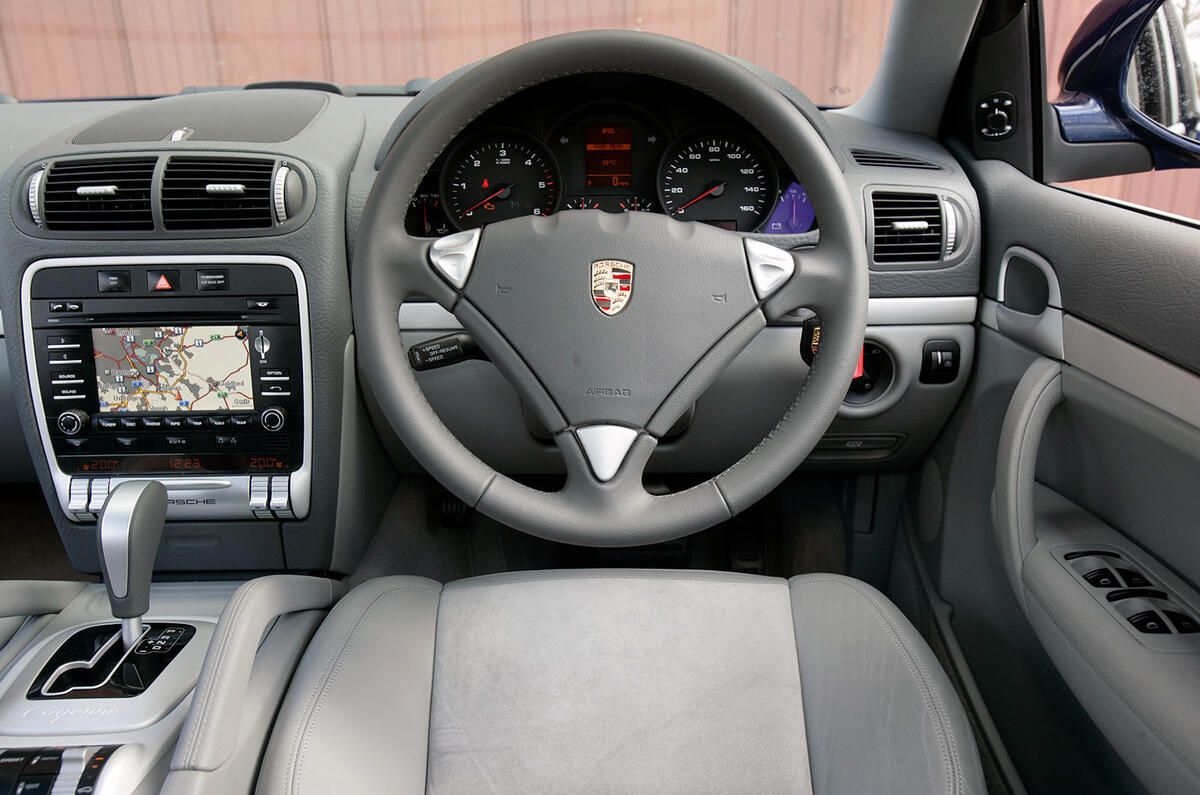
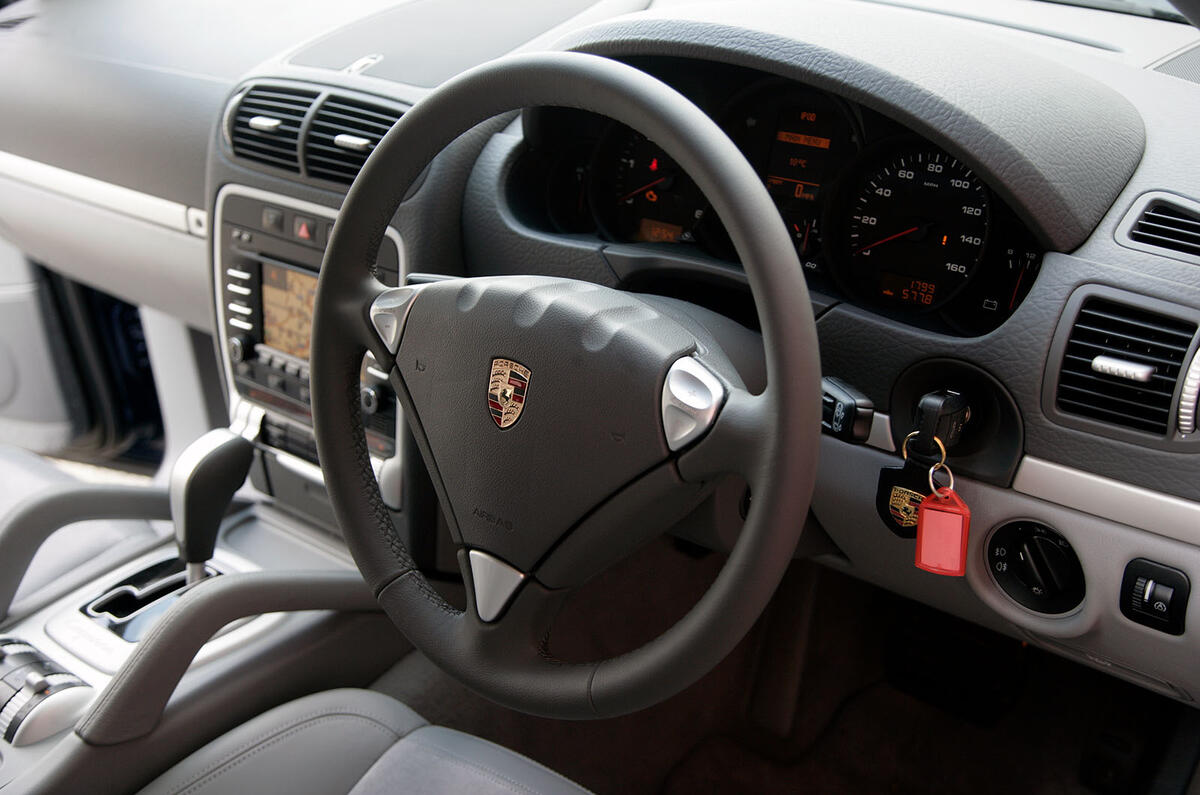
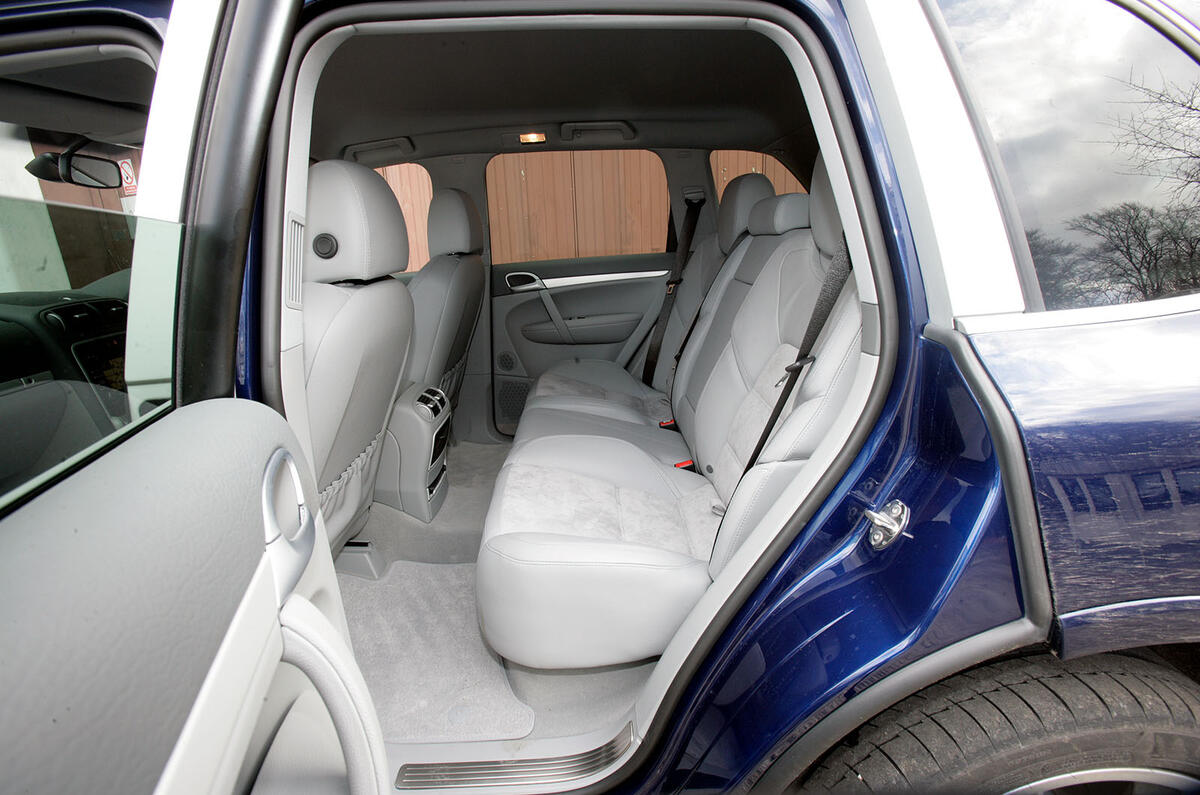
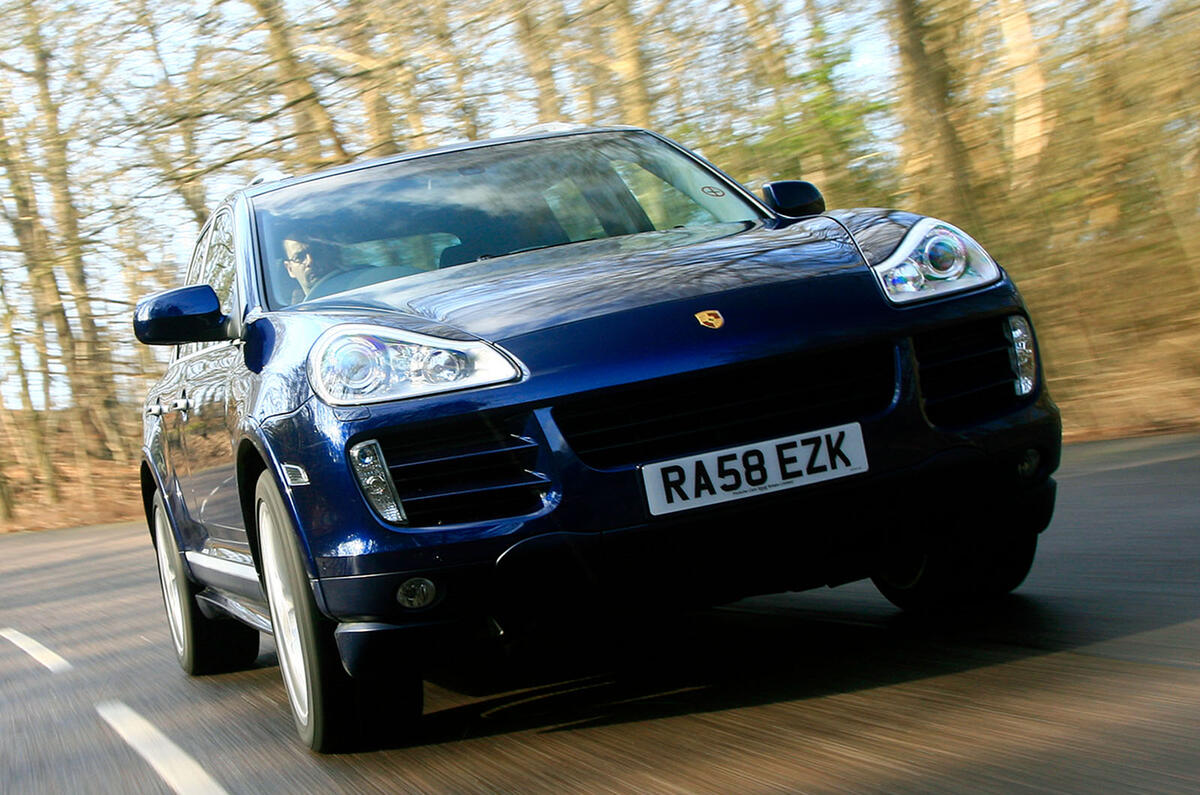
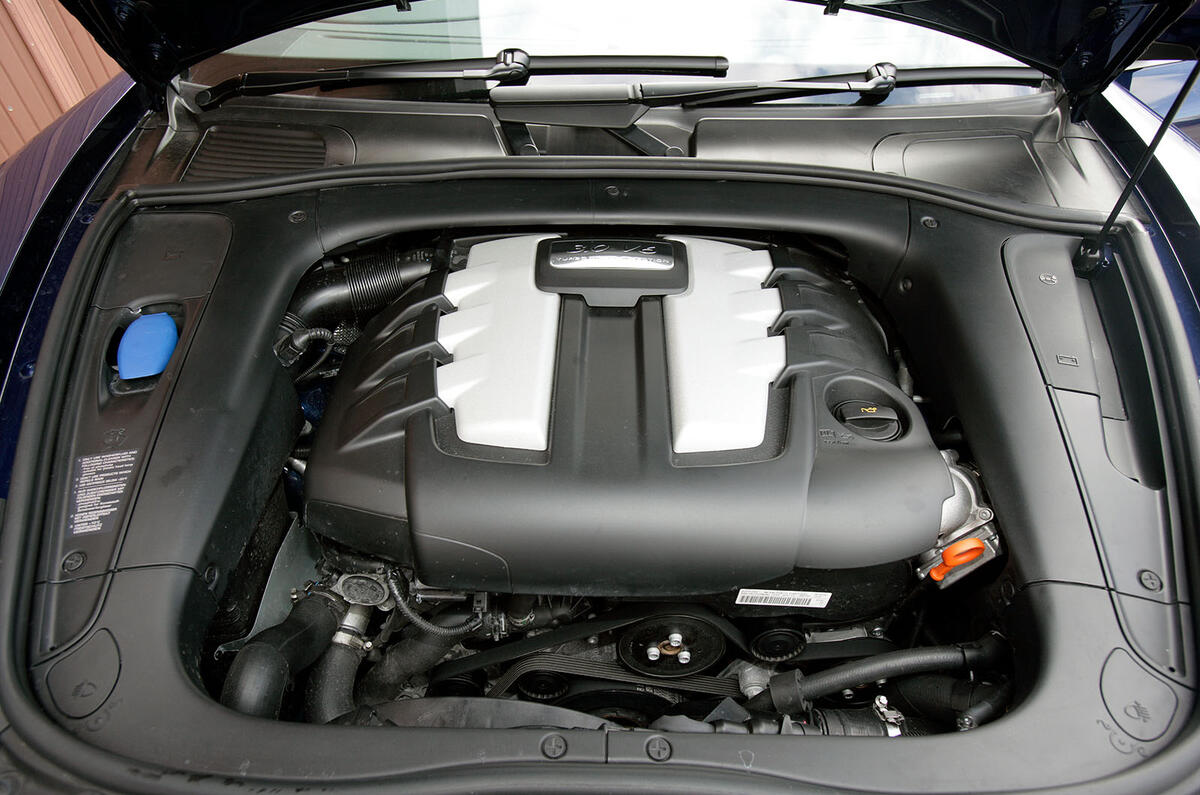
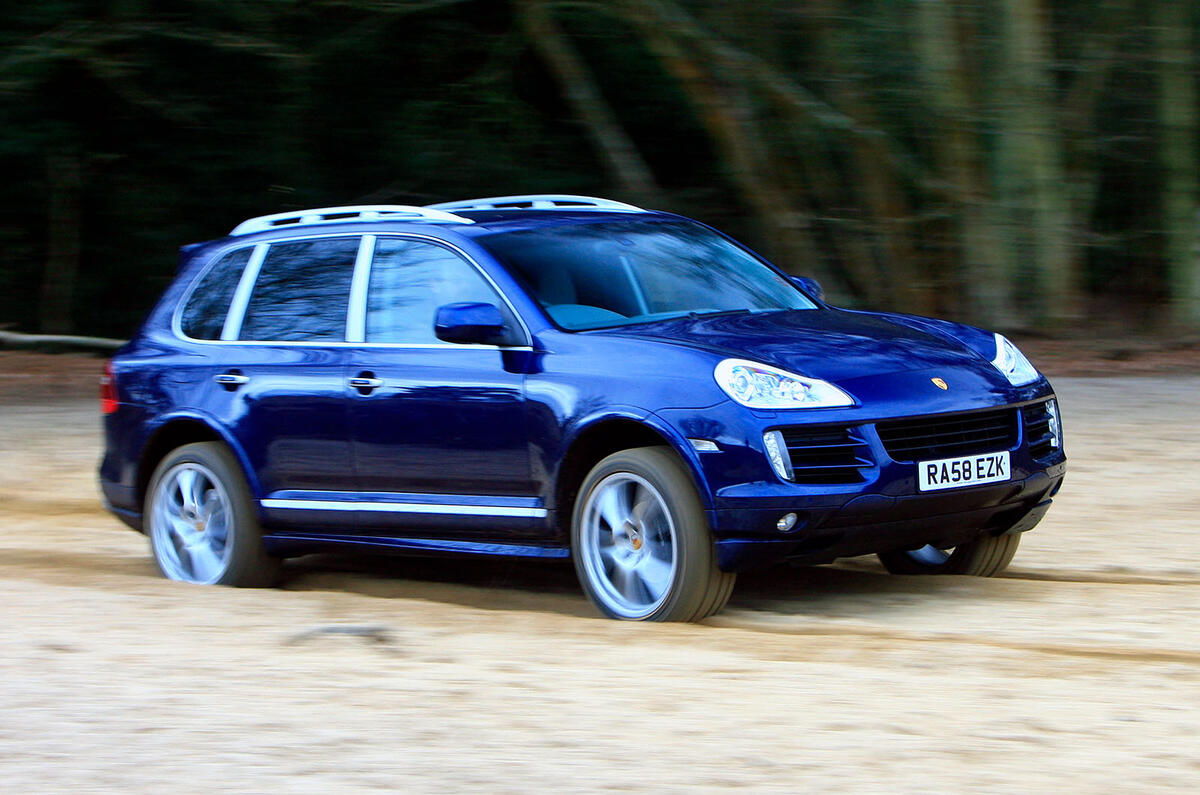
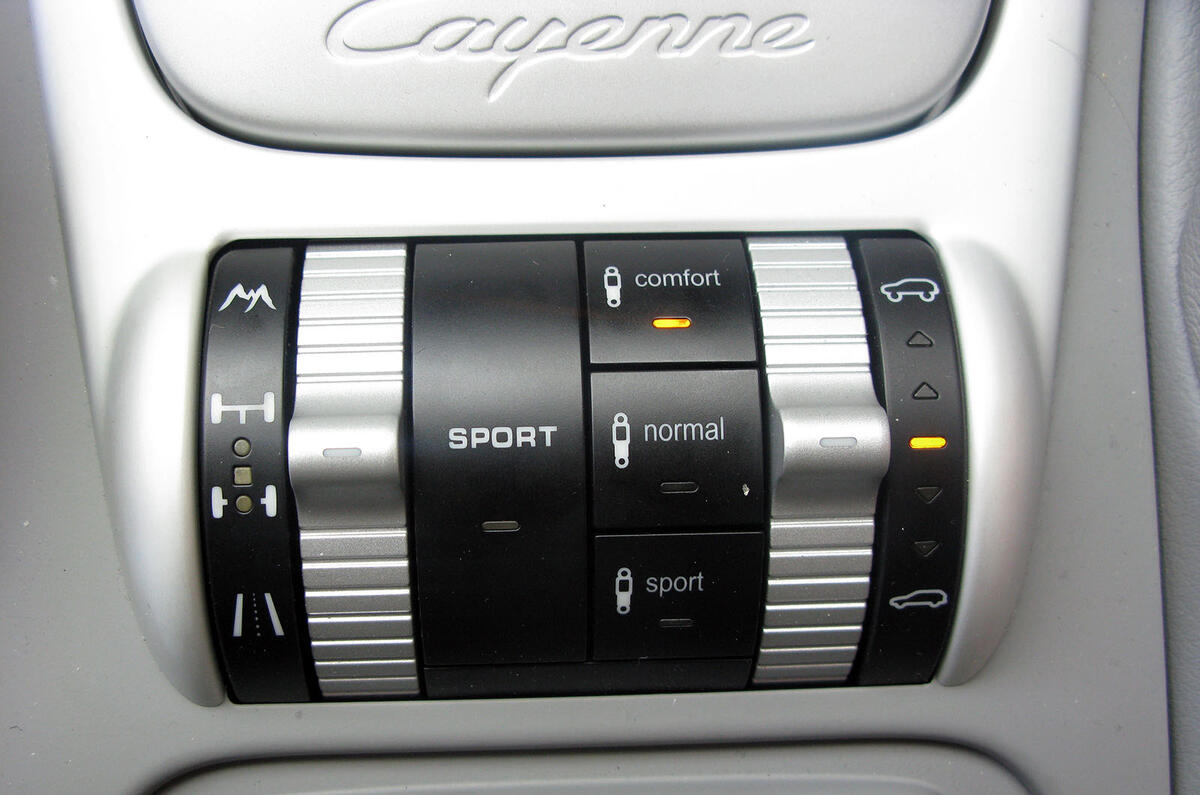
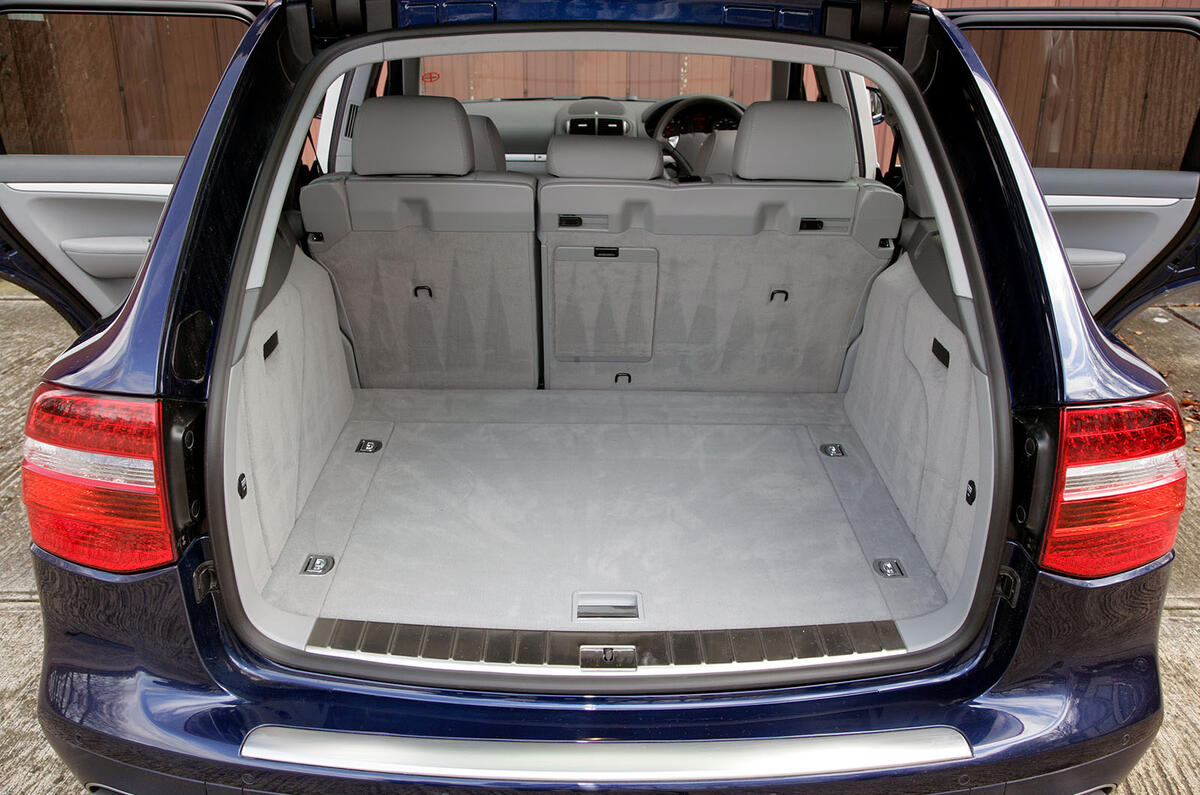
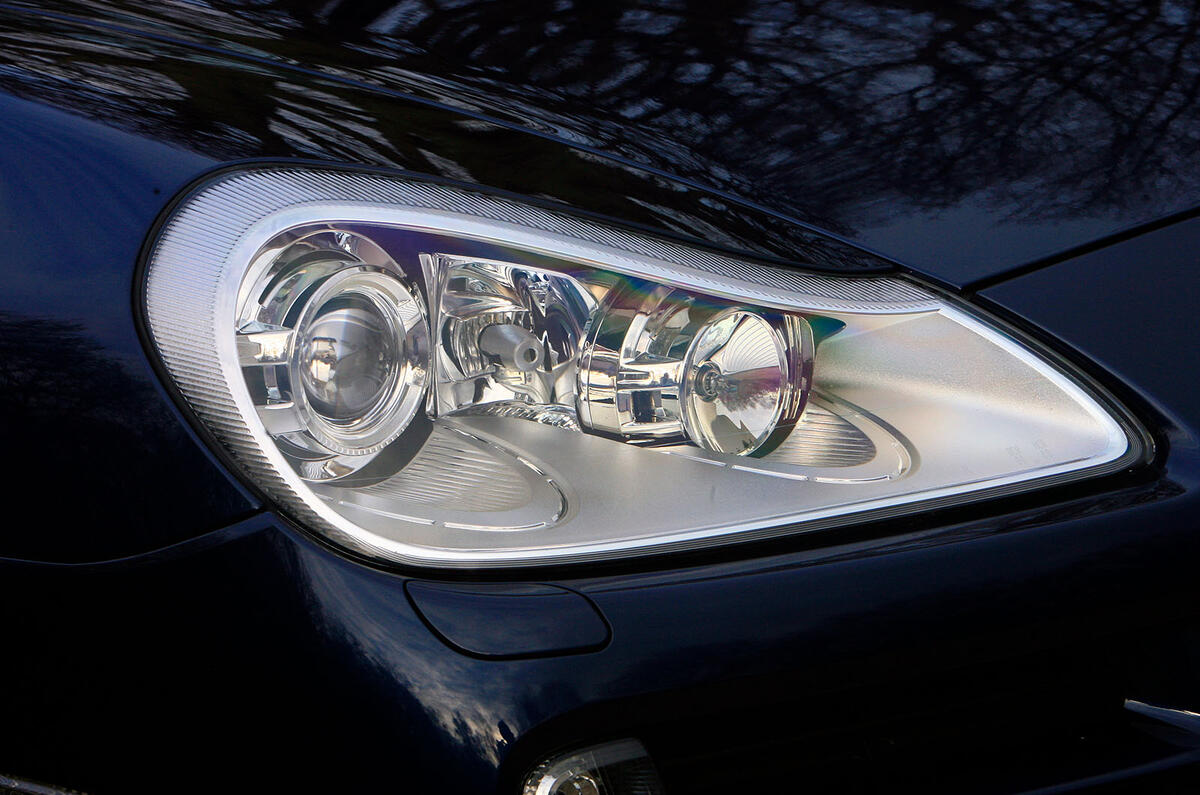
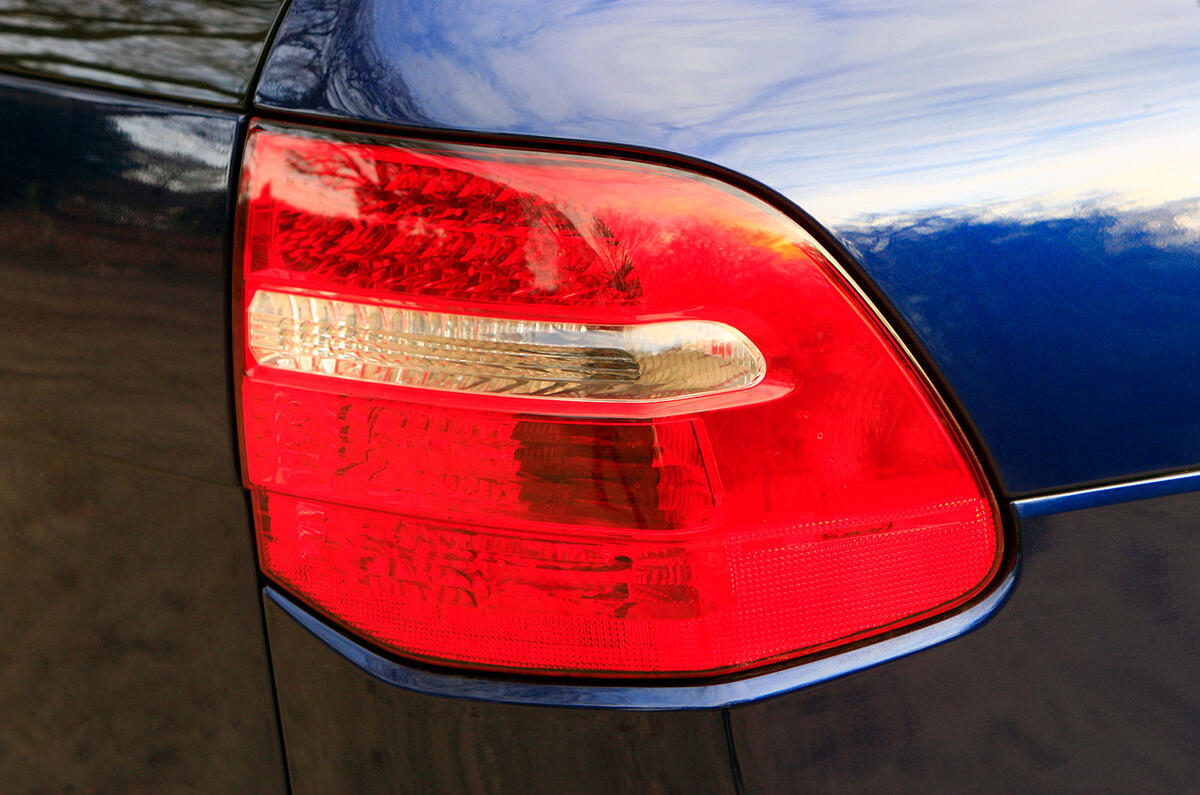
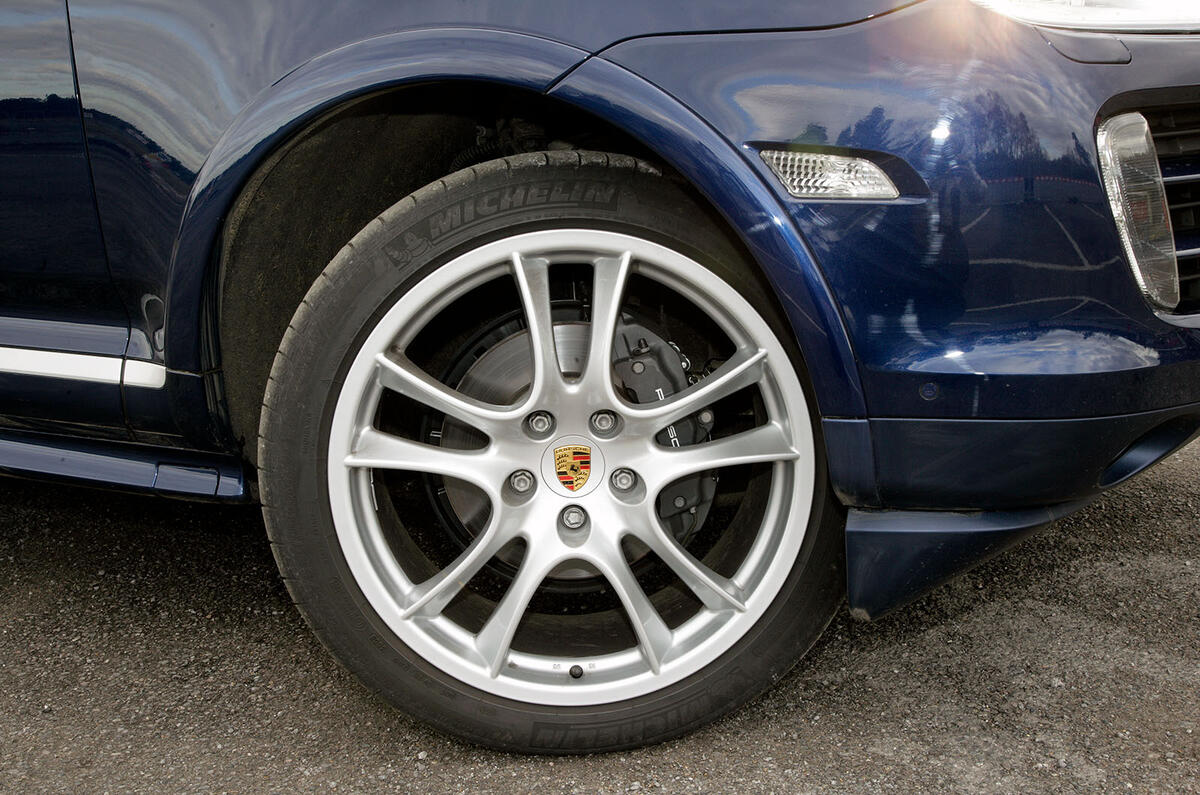
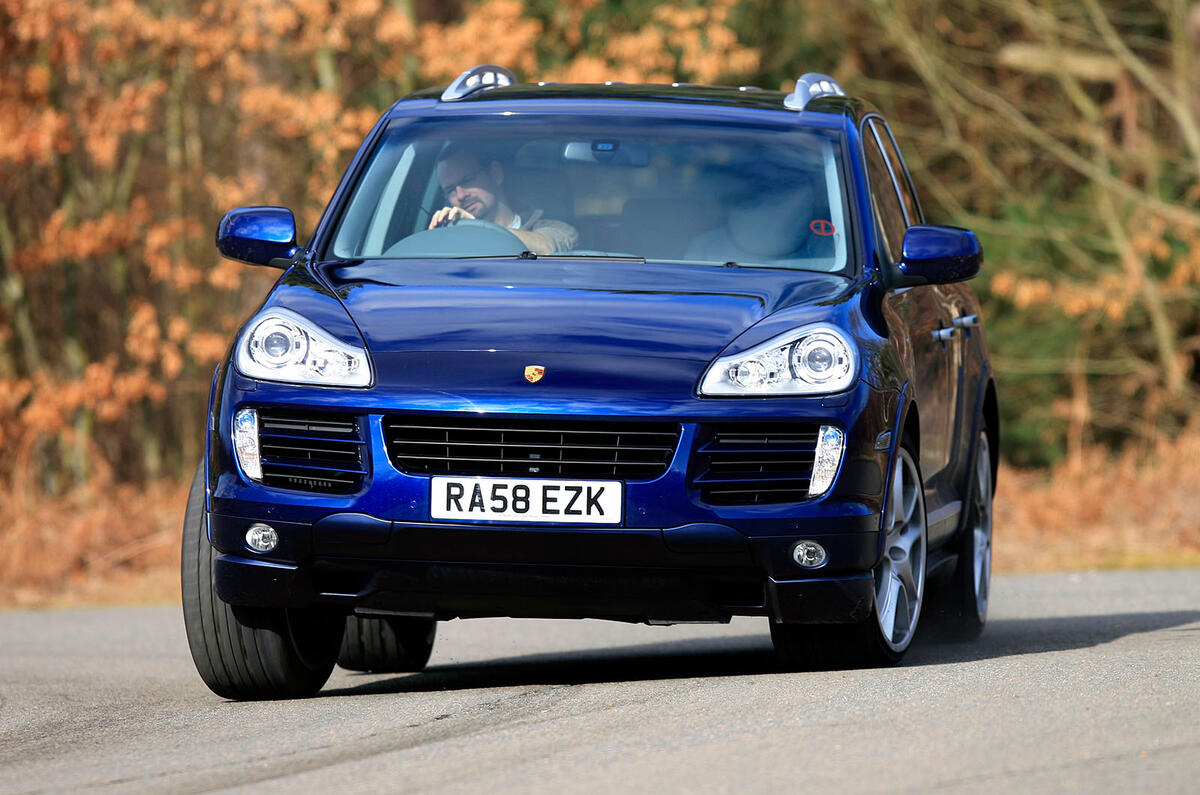
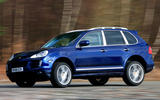
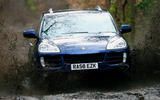

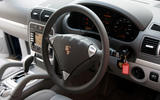
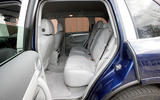
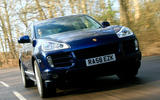
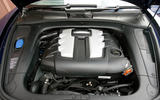
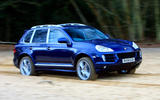
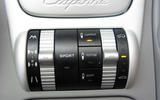

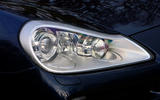
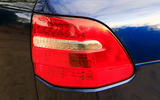
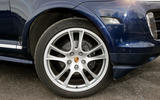



Join the debate
Add your comment
Be aware the some of these behemoths are not ULEZ compliant as is at least least one of the vehicles shown in this article. Coincidentally a chap on you tube was suggesting more or less the same silly vehicle for people with not enough money.